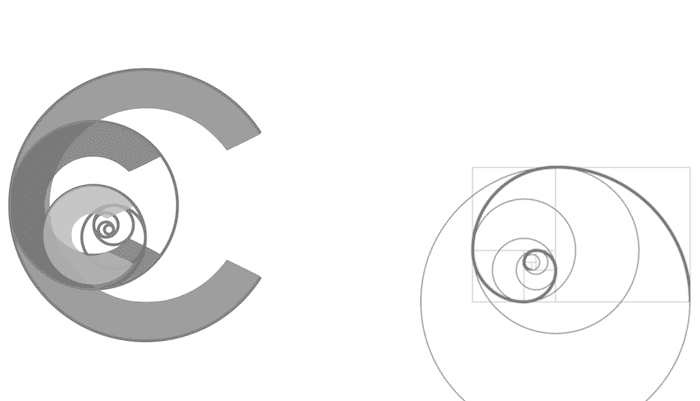Pleural Fluid Analysis
A pleural effusion is a collection of fluid in the pleural space, resulting from:
- Increased fluid accumulation
- Decreased lymphatic clearance
- Obstruction to drainage
- Increased venous pressure
Most common causes: CCF, infection (e.g. pneumonia), and malignancy. Diagnostic sampling is performed via pleural tap (thoracocentesis).
Exudate vs Transudate
Exudates (local disease; high protein)
Local factors influence accumulation/clearance. Common causes:
- Malignancy: lung, breast, pleura
- Infection: pneumonia, empyema, viral pleuritis
- Autoimmune: RA, SLE
- Vascular: PE
- Cardiac: pericarditis, post-CABG
- Respiratory: haemothorax, chylothorax
- Abdominal: subphrenic abscess
Transudates (systemic illness; low protein <30 g/L)
Caused by imbalance in oncotic/hydrostatic pressure. Common causes:
- Cardiac: CCF, PE
- Liver: cirrhosis, ascites
- Renal: glomerulonephritis, nephrotic syndrome
- Ovarian: Meigs syndrome
- Autoimmune: sarcoidosis
- Thyroid: myxoedema
Differentiation: Light’s Criteria
Used to differentiate transudates from exudates. Exudate if any of the following are met:
- Pleural fluid protein/serum protein ratio > 0.5
- Pleural fluid LDH/serum LDH ratio > 0.6
- Pleural fluid LDH > 2/3 of upper limit of normal serum LDH
Additional criteria (if equivocal)
- Serum albumin – pleural fluid albumin gradient < 1.2 g/dL suggests exudate
Pleural Fluid Characteristics
| Appearance | Next Test | Interpretation |
|---|---|---|
| Bloody | Haematocrit | <1% = not significant 1–20% = cancer, PE, trauma >50% = haemothorax |
| Cloudy or turbid | Triglycerides | >110 mg/dL = chylothorax |
| Putrid odour | MCS | Suggests anaerobic infection |
Pleural Fluid Lab Tests
Differential Cell Count
- Neutrophils: pneumonia, PE, pancreatitis, empyema
- Lymphocytes: TB, cancer
- Eosinophils: pneumothorax, haemothorax, asbestosis, Churg-Strauss
- Mononuclear cells: chronic inflammatory states
Cytology and Microbiology
- Send in blood culture bottles and sterile containers
- Gram stain, culture, and cytology if TB, fungal infection, or malignancy suspected
Glucose
- Low in: pneumonia, malignancy
- Rarely low in: TB, haemothorax, Churg-Strauss
LDH
- Typically high in exudates
- Trends help monitor disease activity:
- Rising = ongoing inflammation
- Falling = resolving process
pH
- Assessed in suspected pneumonia or malignancy
- <7.20 with pneumonia: indicates need for drainage
- <7.20 with malignancy: poor prognosis (30-day survival)
Amylase
- Elevated in pleural effusion secondary to pancreatitis
References and Links
- CCC – Pleural effusion
- CCC – Pleural tap
- Nickson C. Myxoedema Coma. LITFL
- Hayes J. Asbestosis. LITFL, FFS
- Hayes J. Pleural Effusion. LITFL, FFS

Critical Care
Compendium
BA, BM BCh University of Oxford, PgCert (Medical Education)University of Dundee. Aspiring medical physician with a particular interest in respiratory medicine, public health and medical education
BA MA (Oxon) MBChB (Edin) FACEM FFSEM. Emergency physician, Sir Charles Gairdner Hospital. Passion for rugby; medical history; medical education; and asynchronous learning #FOAMed evangelist. Co-founder and CTO of Life in the Fast lane | On Call: Principles and Protocol 4e| Eponyms | Books |

